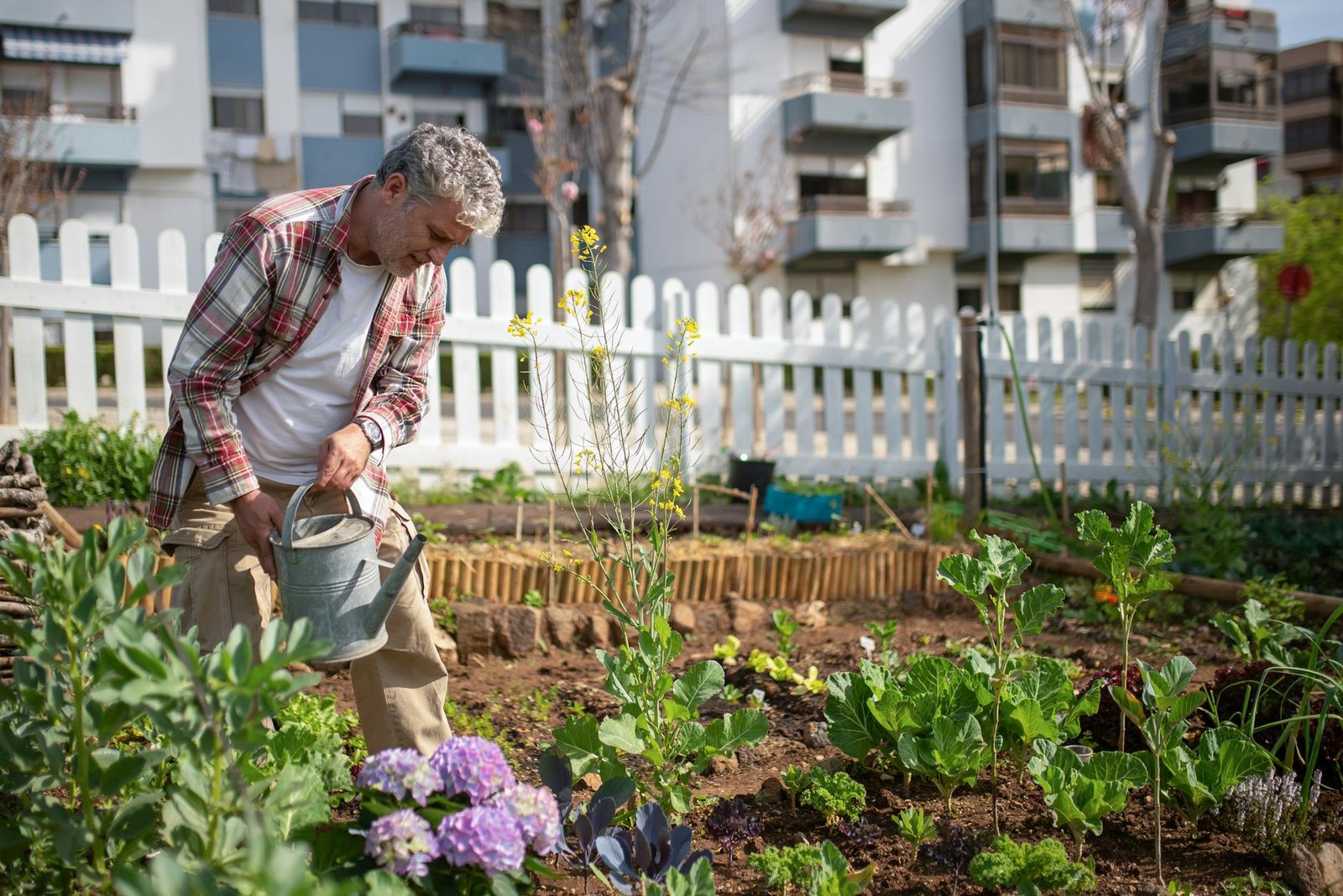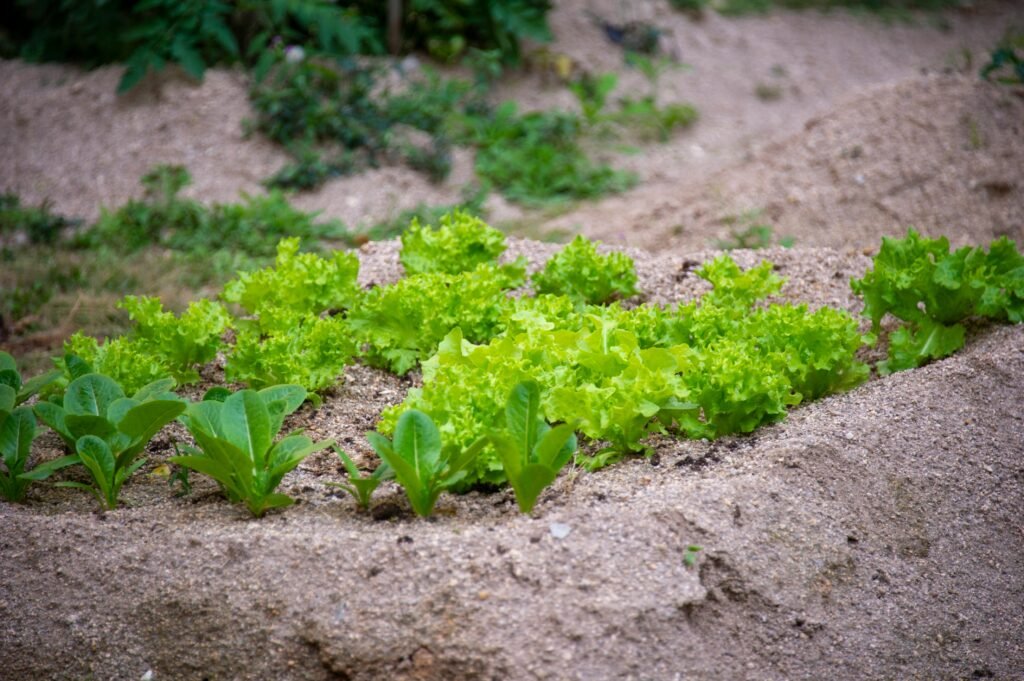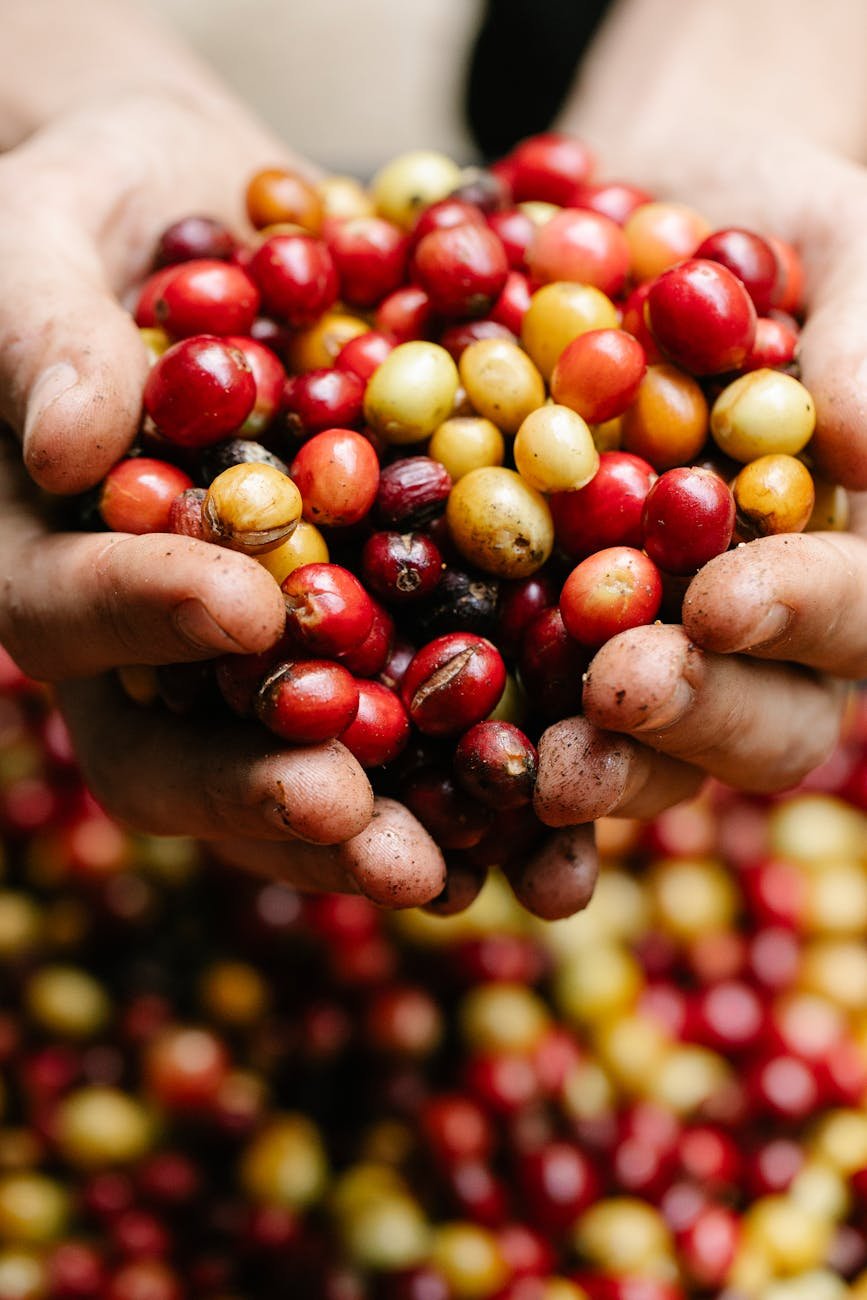
Core Concepts of Permaculture
Permaculture is a holistic design philosophy that seeks to create sustainable and self-sufficient agricultural systems. This approach is rooted in observing natural ecosystems and applying those principles to cultivate food, conserve resources, and enhance biodiversity. Permaculture integrates plants, animals, water, and people into a harmonious system. It aims to minimize waste and maximize yield. This approach fosters a resilient environment that supports off-grid living and independence.
At the heart of permaculture is the concept of working with nature rather than against it. This includes utilizing techniques like companion planting. In companion planting, different crops are grown together for mutual benefit. It also involves implementing regenerative practices that restore soil health. By improving soil quality, farmers can grow nutrient-dense foods. These foods contribute to better health and nutrition. This makes permaculture an essential practice for those pursuing self-sustained small-scale farming.
Urban permaculture design adapts these principles to city environments, allowing individuals to cultivate food in limited spaces. Techniques like vertical gardening and edible landscaping transform urban areas into productive green spaces. This enhances the aesthetic appeal of neighborhoods. It also provides fresh produce. This reduces dependence on store-bought food and promotes community resilience in urban settings.
Aquaponics and hydroponics systems are innovative methods in permaculture that combine aquaculture with hydroponic gardening. These systems utilize fish waste to nourish plants, creating a closed-loop system that conserves water and maximizes space. For those living off-grid, such systems offer a good alternative to traditional farming. They allow year-round food production. This ensures access to fresh, healthy ingredients.
Lastly, heirloom seed preservation plays a pivotal role in permaculture by maintaining genetic diversity within crops. By cultivating and sharing heirloom varieties, individuals can ensure resilient food systems that adapt to local climates and conditions. This practice supports sustainable agriculture. It also enriches the nutritional value of the foods cultivated. Thus, it becomes an integral aspect of building independence and fostering a sustainable future.
Designing for Sustainability

Designing for sustainability in off-grid living is essential for creating a self-sufficient lifestyle. This lifestyle respects both the environment and personal health. Sustainable design principles encourage the use of renewable resources. These principles also minimize waste. They ensure that our farming and foraging practices leave the land in better condition for future generations. By integrating permaculture techniques, individuals can create diverse ecosystems that produce food. These ecosystems support wildlife and maintain soil health. All this occurs while requiring minimal external inputs.
One of the core aspects of sustainable design is the focus on soil health and regenerative practices. Healthy soil is the foundation of productive farming. Practices such as composting, crop rotation, and cover cropping can restore nutrients. They enhance microbial activity. This leads to richer, more fertile ground. In off-grid settings, these methods are efficient. They are also cost-effective. This allows for a robust food supply that relies on natural processes rather than synthetic fertilizers.
In urban areas, integrating edible landscaping and vertical gardening techniques can transform limited spaces into productive food sources. Designing gardens that incorporate native plants and heirloom varieties promotes biodiversity and resilience. These approaches not only provide fresh produce. They also enhance urban ecology by attracting beneficial insects and improving air quality. This makes cities healthier places to live.
Aquaponics and hydroponics systems are innovative solutions. They are perfect for those seeking to maximize yield in small spaces. These systems use minimal water and no soil. These methods exemplify sustainable design by creating closed-loop systems. In these systems, fish waste nourishes plants. The plants help filter the water for fish. Implementing these systems allows for year-round food production, providing a reliable source of nutrition while demonstrating the principles of self-sustainability.
Finally, the nutritional value of foraged foods plays a crucial role in sustainable living. Foraging encourages a deeper connection to nature and knowledge of local ecosystems, which can enhance dietary diversity. By incorporating foraged ingredients into daily meals, individuals can benefit from the unique flavors. These foods offer health benefits. This reinforces the idea that sustainability and nutrition go hand in hand in the quest for independence.


